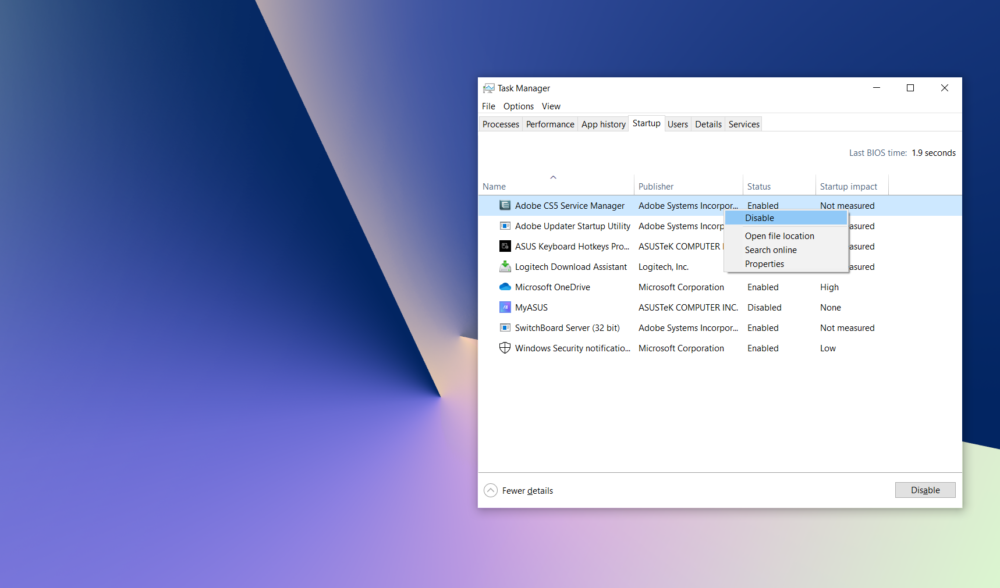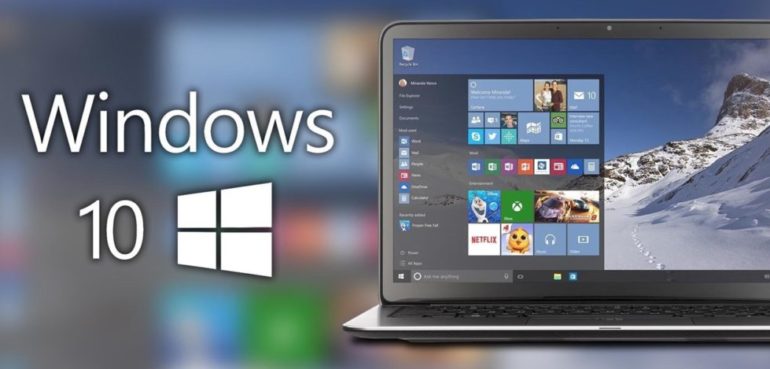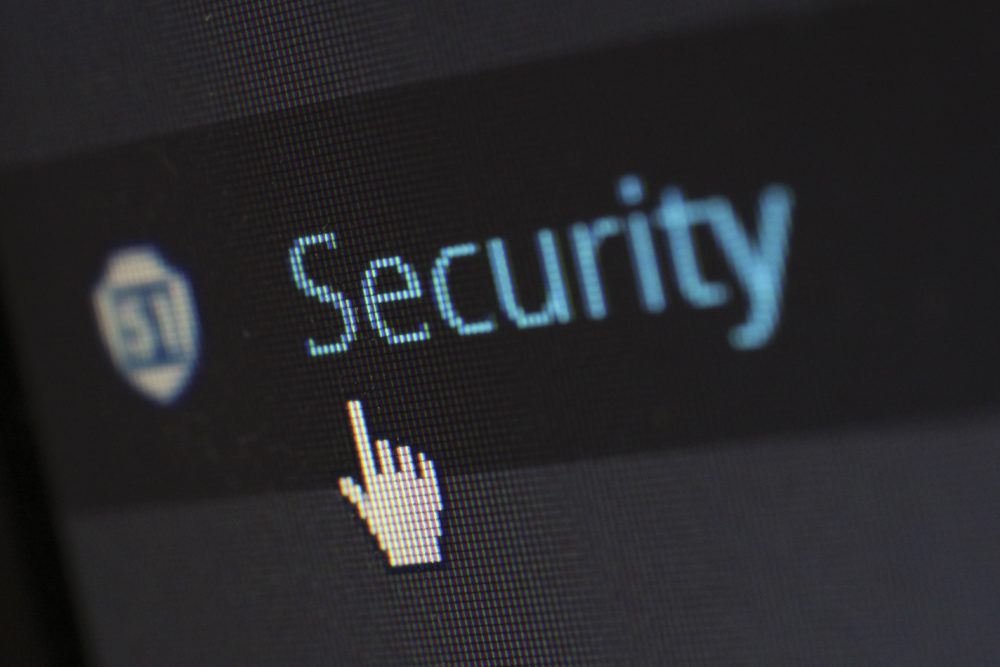Have you ever felt frustrated by a sluggish computer? New computers run at lightning speed but slows down overtime when it becomes overloaded with files, software and applications that waste system resources. This month we will walk you through 10 ways to speed up and improve Windows 10's performance, so you don't need to wait no more.
1. Disable Startup Application
 You’d be surprised how many installed apps configure themselves to run automatically when you turn on your computer. If your computer takes a while to boot, it may mean that you have too many applications launching in the background, slowing down the startup process. If you don’t use these applications on a daily basis, it’s a good idea to disable them. Here’s how:
You’d be surprised how many installed apps configure themselves to run automatically when you turn on your computer. If your computer takes a while to boot, it may mean that you have too many applications launching in the background, slowing down the startup process. If you don’t use these applications on a daily basis, it’s a good idea to disable them. Here’s how:
- Right-click the Start button and choose Task Manager.
- Once in, click Startup to see a list of programs that auto runs during the startup process.
- Right click on the program you’d like to prevent running during startup and click Disable.
2. Reduce background apps
Certain apps can continue to run in the background even if you're not using them. One way to improve Windows 10’s performance is by disabling the apps that you don't want to operate in the background (or disable the feature entirely), Go to:
- Settings then click on Privacy.
- Click on Background apps.
- Turn off the toggle switch for the apps you don’t want to run in the background.
- (Optional) Turn off the “Let apps run in the background” toggle switch to disable the function for all background apps.
3. Uninstall non-essential apps
The more apps you install on your computer, the more space it takes up. When your computer is overloaded with too many apps, it decreases performance and slows down. Consider uninstalling apps you don’t use often to increase speed. Here’s how:
- Open Settings.
- Click on Apps.
- Click on Apps & features.
- Choose the app you want to remove and click Uninstall.
4. Update your system
Do you usually postpone update when a reminder pops up? If you do, and your computer is slow, then it’s time for an update! Updates are designed to optimise system performance, improve security and fix bugs. If you're dealing with performance problems, your device may be missing some updates. See how to download the latest version of Windows Update here.
5. Check for malware
Viruses, spyware, adware, and other malicious programs can occupy a fair chunk of system resources and reduce computer performance tremendously. If you think your computer’s been infected, try running a full virus scan with Windows Defender Antivirus.
If you're using other anti-malware solutions, such as Malwarebytes, Bitdefender, Trend Micro, or Norton, be sure to check their support documentation to remove viruses and other malicious programs.
6. Change your power plan
Windows 10 comes with three default power plans (Balanced, Power Saver and High Performance) to manage how your device consumes and conserves power. Consider using the High Performance option if you want your computer to use more power to run faster. You can create a custom power plan to improve performance if the power plan you want to use isn't available.
For laptop users, click on the battery icon in the bottom right corner and set the Power Mode slider to the Best performance option to improve performance.
7. Disable system visual effects
Windows 10 comes with many striking visual effects such as animations for better user experience. However they also demand additional system resources. If you have an older device, you may want to disable system visual effects as they can slow down your computer’s performance. Follow these steps to disable this function.
8. Increase page file size
Another way to boost system performance is by increasing the page file. Not a familiar term to many users, but page file plays an important role for storing data when your computer’s system memory fills up. Follow these steps to increase page file size. After completion, your device will restart and you should notice a boost in performance.
9. Undo system changes
Sometimes newly installed apps, updates or drivers are culprits for slowing down your computer. If this is the case, don’t panic, you can undo the changes by enabling System Restore Point. Once enabled, Windows 10 will automatically create a restore point every time it detects a new update or system changes. If any issue occurs after the changes, you can always go back to the previous state by selecting the restore point you want to go back to.
10. Reset your computer
Tried every way but nothing seems to increase performance? Resetting your device to a clean copy of Windows 10 can help. Before going ahead with this option, it’s important to create a full backup of your computer so you don’t lose any files and documents. Resetting your device will reinstall Windows 10, removing any previous settings and apps. Doing so will help boost system performance - just remember to restore your files from the backup after resetting your computer!
Need an upgrade?
Mention that you are from Seniornet by the end of this month to receive an instant $20 discount for your Windows 10 upgrade or improvement.
Windows 7 end of life
Please note Microsoft has announced that it will officially begin the Windows 7 end of life phase on 14 January, 2020. Please feel free to contact our team on 09 526 1800 for more details. An instant $20 discount applies when you mention that you subscribe from our newsletter.






